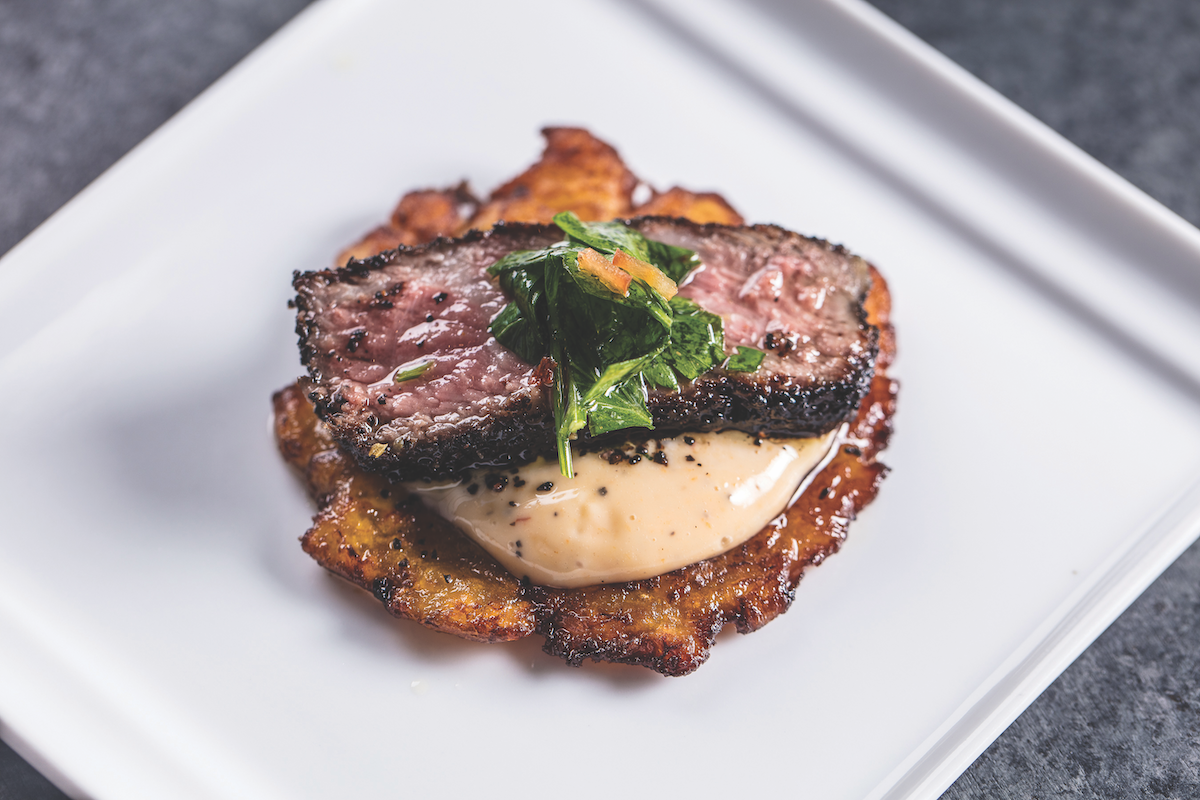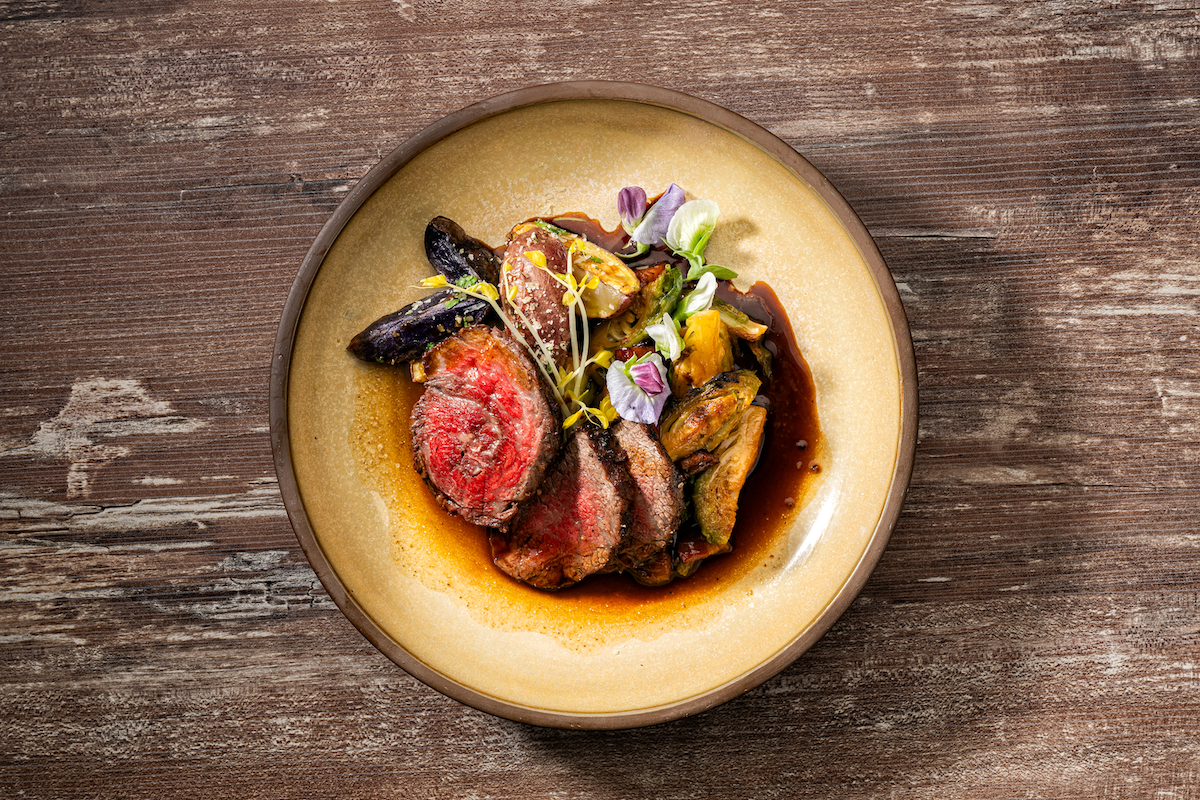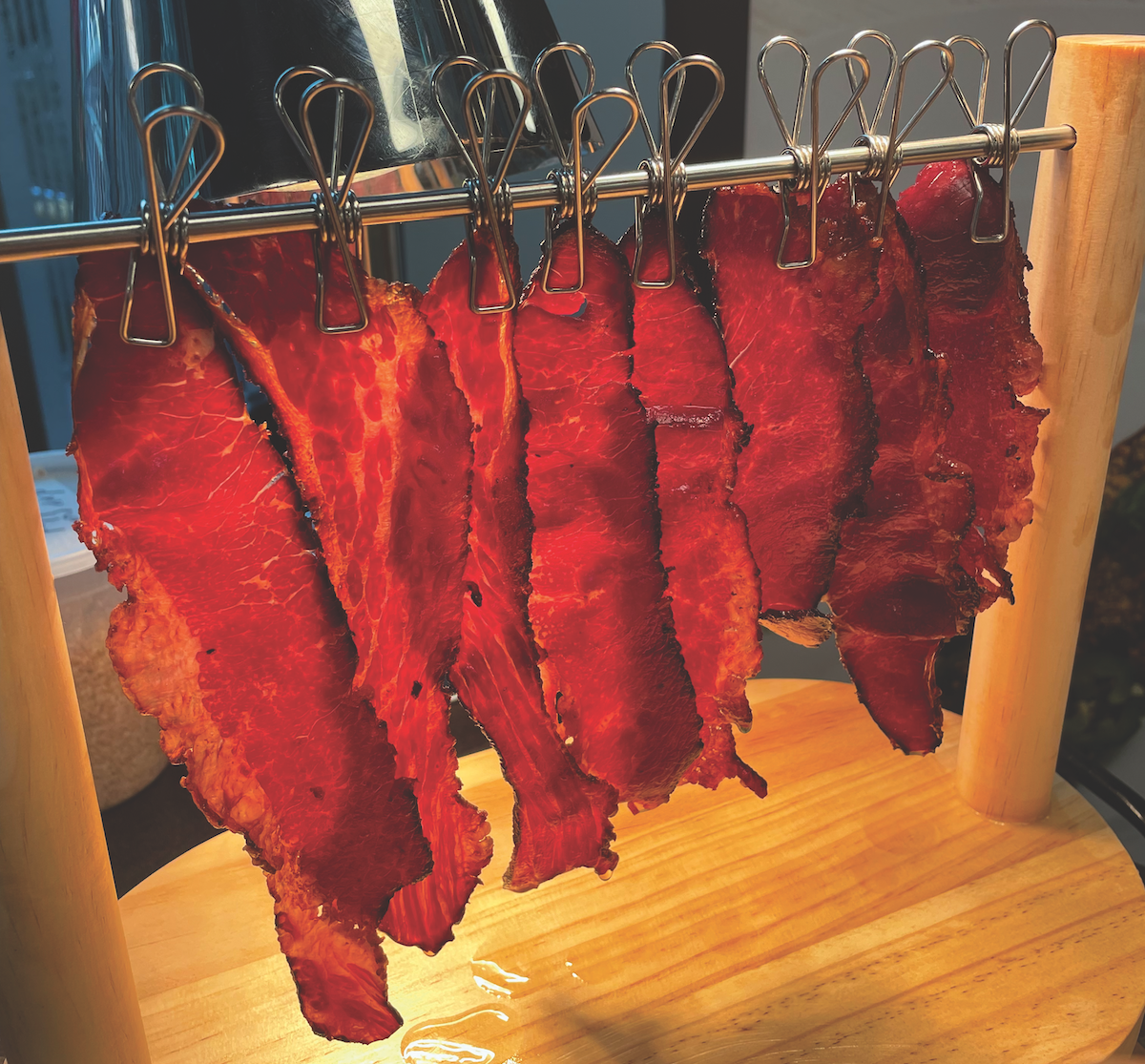
SPONSORED EDITORIAL
Best of… Beef
Wagyu is having a moment—seize the opportunity
SPONSORED EDITORIAL
Best of… Beef
Wagyu is having a moment—seize the opportunity
By Flavor & The Menu
July 10, 2024
By Flavor & The Menu
July 10, 2024
Australia’s boundless pasturelands make for beef that is celebrated worldwide, from grass-fed and grain-fed varieties to premium Wagyu. “Australia boasts the largest Wagyu herd outside of Japan,” says Sabina Kindler, Market Development Manager, Aussie Beef & Lamb. “Our country’s unique terroir, with its mineral-rich soils and native grasses, combined with grain finishing on barley, wheat, rye, and sorghum, makes for an unbeatable Wagyu eating experience.
Wowing With Wagyu

Matt McMillin, Chief Culinary Officer, Cooper’s Hawk Winery & Restaurant, highlights Australian Wagyu in his Aussie Wagyu Ribeye with Roasted Tri-Colored Potatoes, Parsley, Parmesan and Garlic.
Australian Wagyu is prized by chefs and loved by consumers, combining melt-in-your-mouth tenderness with beautiful, beefy flavor. Nelson Millán, Executive Chef of the Vaquero Club in the heart of Texas, proudly menus Australian Wagyu. Millán chooses it because of its proven quality, as it keeps winning blind taste tests with staff and members. “What I love about the Aussie Wagyu—the grading is so reliable, I know the consistency and marbling will be on point every time,” says Millán.
At the Vaquero Club, a showstopping 42-ounce Wagyu Tomahawk is finished tableside with a flambadou. “The show is one thing, but it’s nothing without quality backing it up,” he says. “When you’re slicing steaks on the bone right in front of a guest, that product has to deliver!” Millán also menus a singular Wagyu Brisket Bacon, an unexpected spin on a favorite. “The Aussie master butcher Doug Piper was cooking the Wagyu bacon up one day on our trip in Queensland, and all the chefs were geeking out. We couldn’t get enough! I got his recipe and have been tinkering with it—it’s just so good,” he says. “The ground bay leaves are the secret I think. We serve it just as-is, hung up in pieces for guests to grab, and can swap into anything from a breakfast sandwich to a BLT.”
Wagyu 101: A Guide to the Terminology, Grades and Standards

Guests are surprised and delighted by Nelson Millán’s signature Wagyu Brisket Bacon, cured for five days and lightly smoked to a 150-degree internal temperature.
When looking into sourcing Wagyu, you’ll come across a heap of terms, grades and standards that may be unfamiliar. They can also vary by country of origin, adding more complexity. A grade of F1 through F4 defines the genetics of the animal. The higher the number, the closer to fullblood Wagyu. Lower numbers like F1 have been crossed with other breeds, balancing the natural beefy flavor that Australia offers, with the characteristic Wagyu eating experience. It can still have a great marble score and eat well, but it is a different product to F4 (purebred) Wagyu. In Australia, beef requires at least 50 percent Wagyu genetics to be able to be labeled and exported as “Wagyu,” and any balance of genetics comes from another breed. You may see classifications on a carton label or product claim such as “F1,” “Purebred” or “Fullblood.” These refer to what portion of an animal’s genetics are from the Japan-derived Wagyu breed. Broadly speaking, animals with a higher amount of Wagyu genetics tend to have a finer fat quality and more marbling or intramuscular fat in the meat, though marbling is also determined by nutrition and many other factors.
Growth on Menus
According to GlobalData Menu Intelligence, Wagyu mentions on menus are on the rise, making moves in full-service and in quick-serve venues. The opportunity runs from premium through to casual menus.
- Full-service restaurants: Year-over-year mentions are up 3%
- Quick-service restaurants: Year-over-year mentions are up 7%
AUSSIE SUPPORT: Aussie Beef & Lamb works directly with food professionals to achieve success with Australian beef, Wagyu, lamb and goat, supporting them with new product development, menu ideation and customized marketing support.
SABINA KINDLER
Market Development Manager
[email protected]
foodservice.aussiebeefandlamb.com







